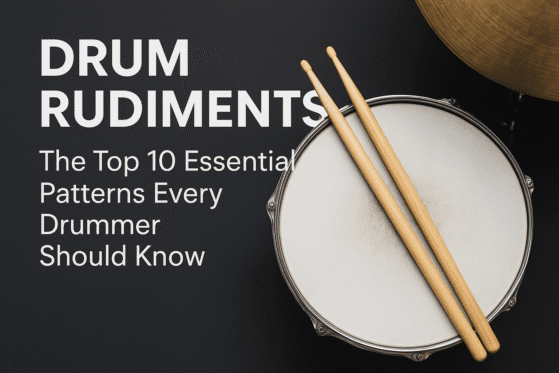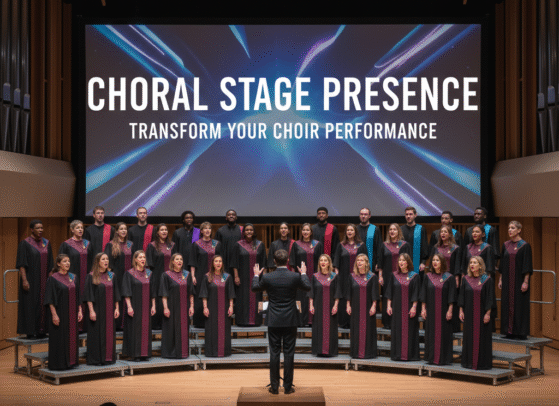How to Improve Your Left and Right Hand Coordination
Whether you’re playing the piano, guitar, drums, or any other instrument, good coordination Improve Your Left and Right Hand Coordination is critical. It’s the foundation of accurate timing, smooth technique, and expressive performance.
Many beginners struggle with this because each hand often has a different job—melody in one, rhythm in another. But don’t worry, hand coordination isn’t a mystery; it’s a skill that can be developed with the right mindset, exercises, and regular practice.
Understanding the Science Behind Hand Coordination
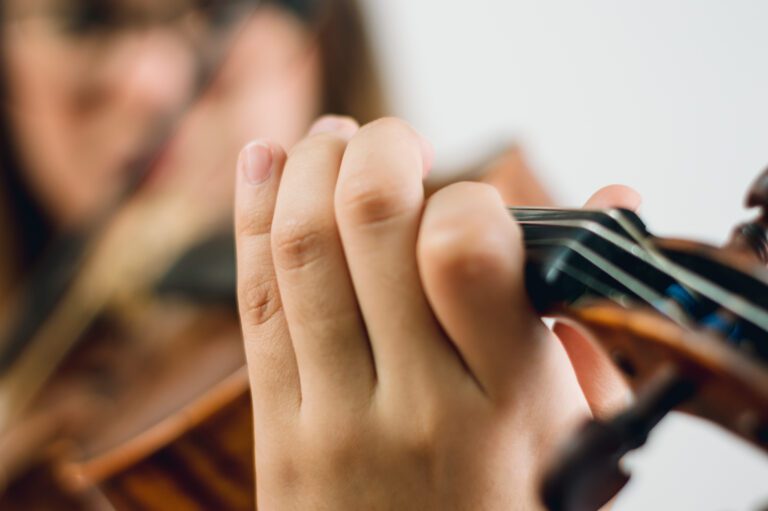
The brain’s two hemispheres control opposite sides of the body. The left hemisphere manages the right hand and vice versa. Playing an instrument requires intense communication between these hemispheres, and with consistent practice, the brain actually creates new pathways—this is called neuroplasticity.
Every time you play a scale or tap a rhythm, you’re reinforcing these connections. The more you train both hands to work together (and separately), the better your coordination becomes.
Step-by-Step Exercises for Beginners
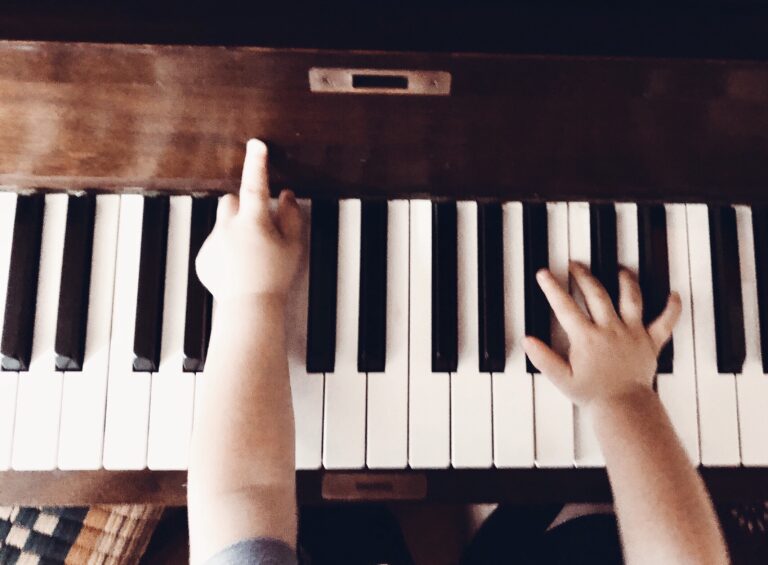
1. Hand Independence Drills (Piano/Guitar)
Start with simple patterns:
Left hand plays whole notes (one note per four beats)
Right hand plays quarter notes or melodies
2. Mirror Exercises
Play the same pattern in both hands simultaneously:
Start with scales or simple intervals
Move to opposing patterns (one hand ascends, the other descends)
3. Rhythm Exercises
Clap one rhythm in your left hand while tapping another with your right
Use a metronome to stay in sync
4. Chord Progression and Melody Practice (Guitar/Piano)
Play chords with one hand while the other plays arpeggios or melodies
Start slow and gradually increase speed
Instrument-Specific Tips
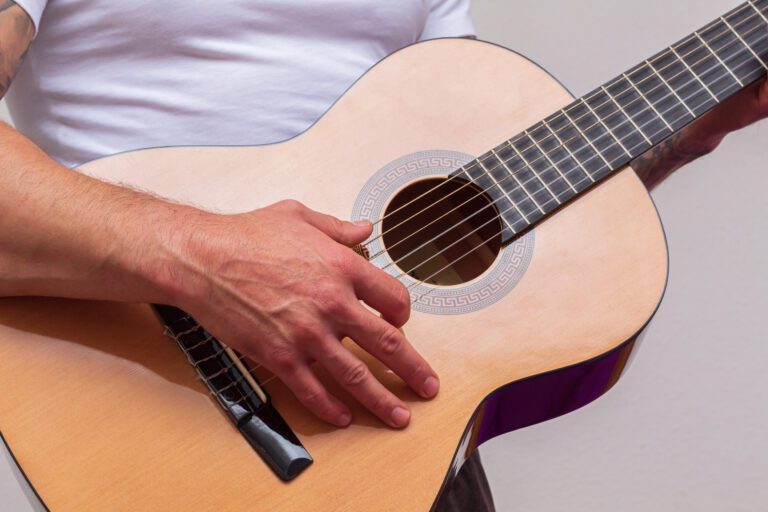
Piano
Practice Hanon and Czerny exercises
Play scales in contrary motion
Use hand-crossing exercises for agility
Guitar
Work on alternate picking with synchronized fretting
Use spider walk exercises to connect finger coordination
Drums
Practice paradiddles and hand-to-hand rudiments
Play different rhythms on snare and hi-hat
Focus on ghost notes and offbeat accents
Mindful Practice Techniques
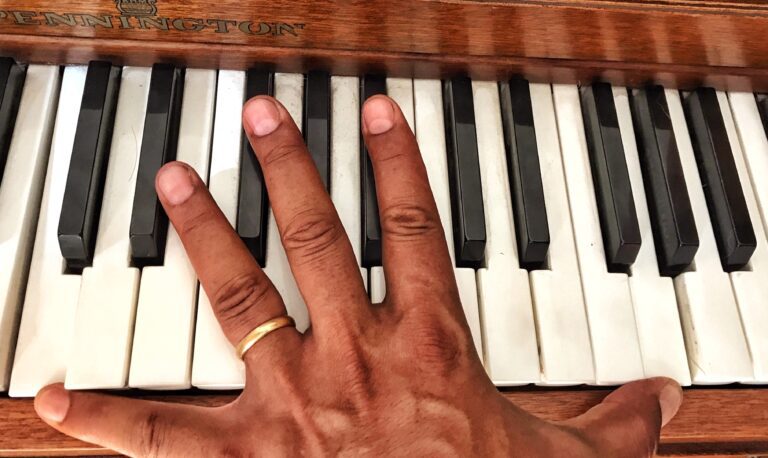
Coordination improves not just with repetition, but with mindful repetition. Here’s how to practice smarter:
Slow Down First: Focus on accuracy before speed
Isolate Difficult Sections: Loop just the tricky bar
Record Yourself: Hear what your hands are doing
Use a Mirror: Watch your hand movement
Switch Dominance: Let your weaker hand lead occasionally
Developing Musical Balance
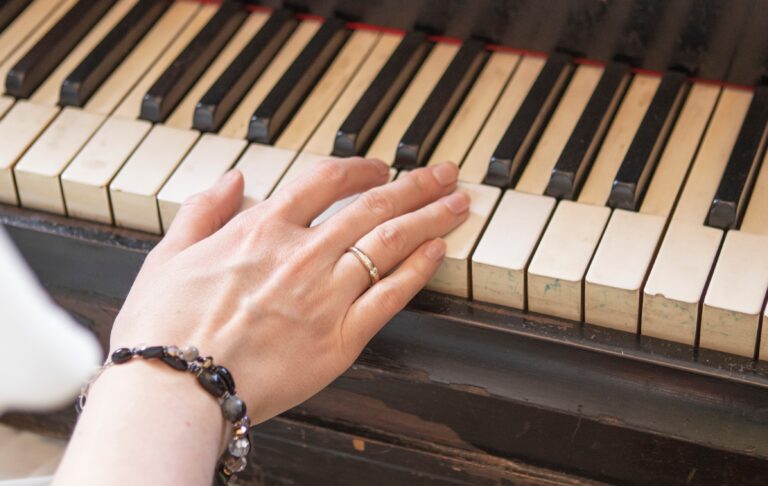
True is more than just motor control. It’s about musical balance—knowing when one hand should take the lead and when to support.
Try these:
Practice pieces with changing hand roles
Emphasize dynamics (soft and loud)
Experiment with phrasing and expression
Overcoming Common Challenges
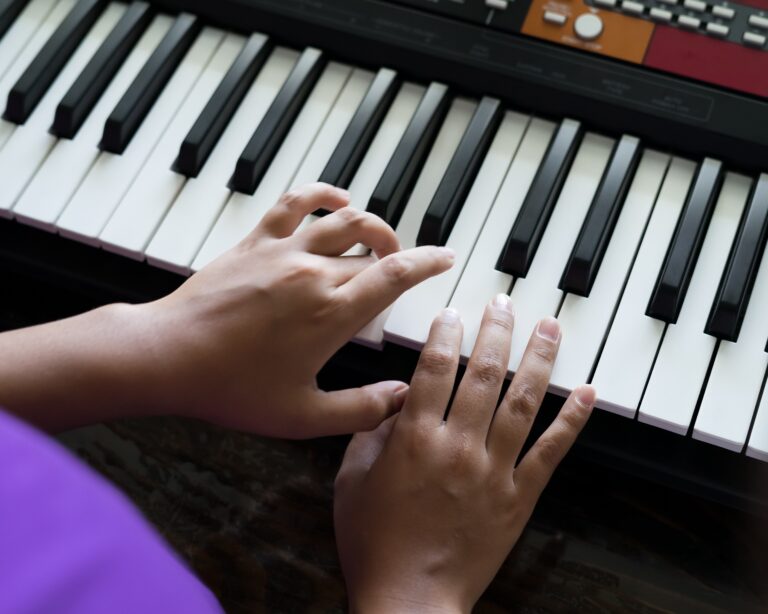
Problem: One Hand Always Lags Behind
Solution: Practice that hand alone, then bring both together slowly.
Problem: Losing Rhythm While Playing Both Hands
Solution: Use a metronome or backing track. Tap your foot to internalize the beat.
Problem: Getting Tense
Solution: Shake out your hands, take breaks, and stay relaxed during practice.
How Teachers Help in Developing Coordination
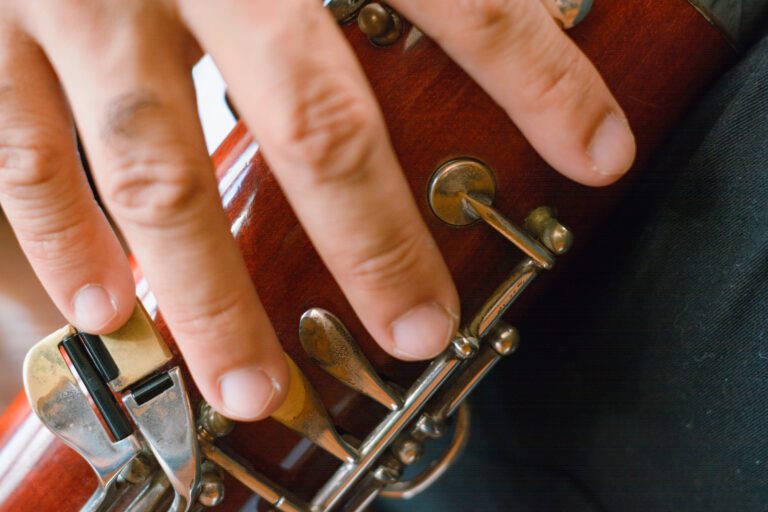
At The Mystic Keys, we often guide students with structured exercises based on their level. Our one-on-one online lessons are tailored to each student’s unique hand strengths and weaknesses, and teachers provide personalized assignments using scale work, coordination drills, and real songs.
We even include technique challenges in weekly lessons to keep progress fun and measurable. Over time, students notice a big jump not just in coordination, but in overall confidence.
About The Mystic Keys
The Mystic Keys is a global online music school offering personalized, flexible one-on-one Zoom lessons. From piano and keyboard to guitar, vocals, music theory, and more—we help students of all ages and levels master music with a serious yet joyful approach.
Our certified instructors provide personalized notes, recordings, and structured session plans to ensure that every student builds strong fundamentals, including hand coordination—a crucial skill for all instruments.
Final Thoughts
Improving your left and right hand coordination is a journey, not a race. Start with basic exercises, stay consistent, and build gradually. Remember, your hands may feel awkward at first, but with daily mindful practice, they’ll soon become synchronized musical partners.
Whether you’re just starting or looking to refine your skills, don’t underestimate the power of focused coordination work. Your playing will feel more fluid, balanced, and expressive—and that’s where the real music begins.
Happy practicing!
Explore Piano Lessons Online designed to help you improve your musical timing with techniques like metronome practice, tapping, and rhythm drills for better accuracy.
For more information and exciting resources about learning music, visit our website at The Mystic Keys. For more music content and exciting offers follow us on
Facebook, Instagram, YouTube, LinkedIn, Twitter, Pinterest, Reddit, Threads,
and Quora.
Related Blogs
Playing a musical instrument is a deeply rewarding pursuit, blending artistry, skill, and discipline into a lifelong journey. Whether you’re just starting out or have years of experience, there’s always room for growth.
Choosing the right instrument is one of the most exciting steps in a beginner’s musical journey. Whether you’re a parent enrolling your child, a teenager chasing a passion, or an adult reigniting an old dream, the first instrument you choose plays a big role in your learning experience.
When starting your musical journey, choosing the right instruments best for beginners is crucial to ensuring an enjoyable and rewarding learning experience. Selecting an instrument that suits your personal preferences, physical abilities, and musical goals can significantly impact how motivated you stay and how quickly you progress.





